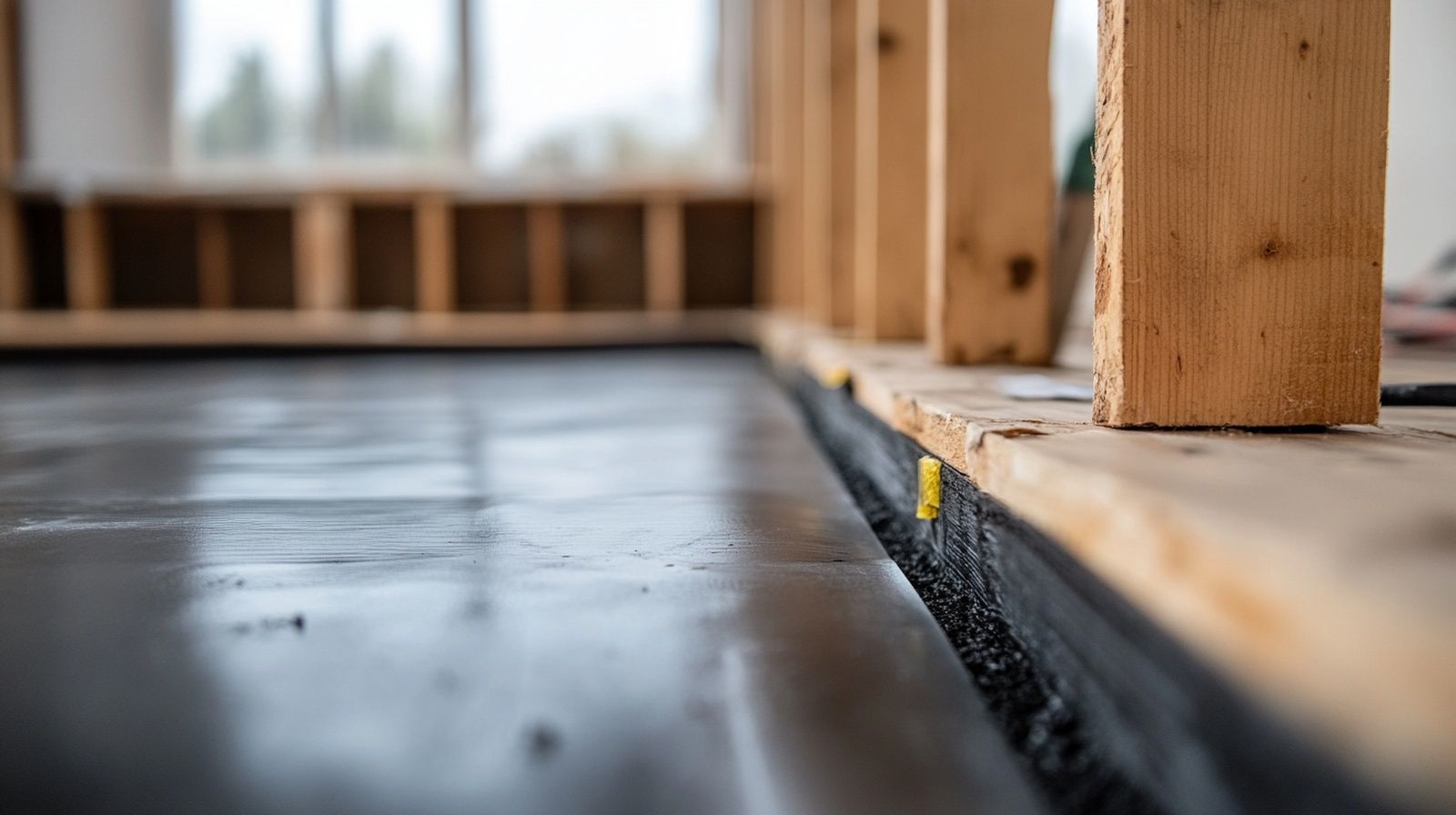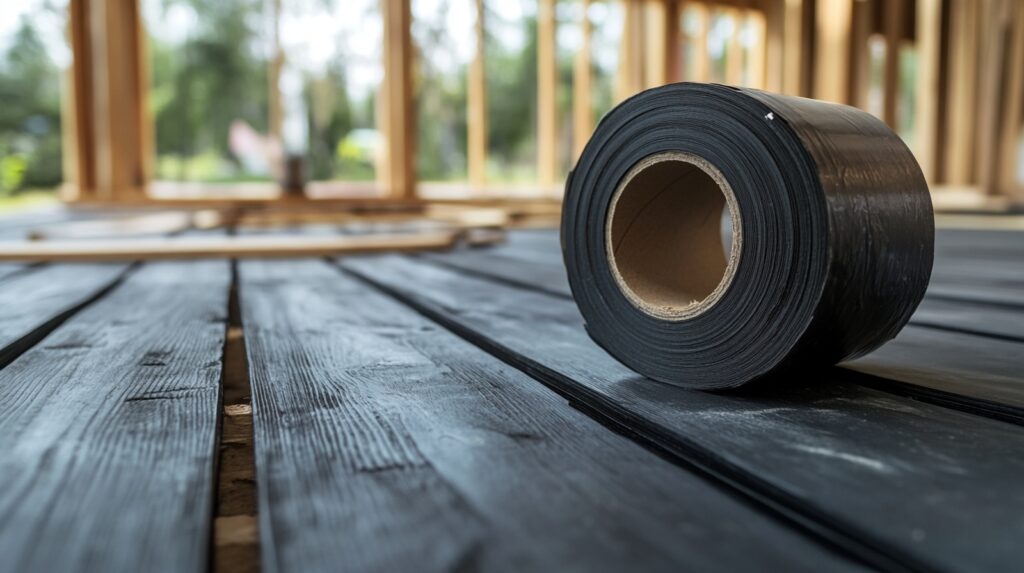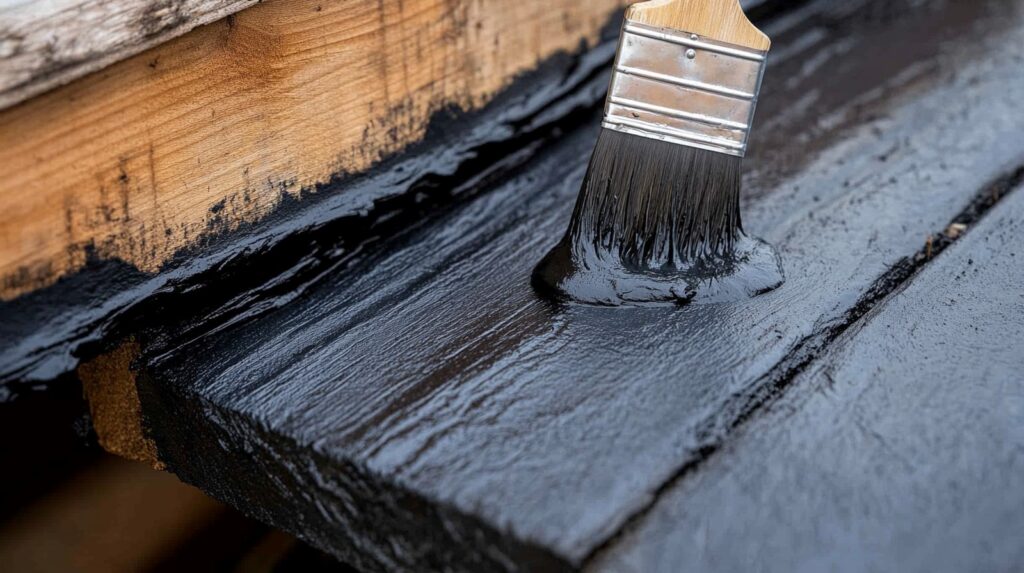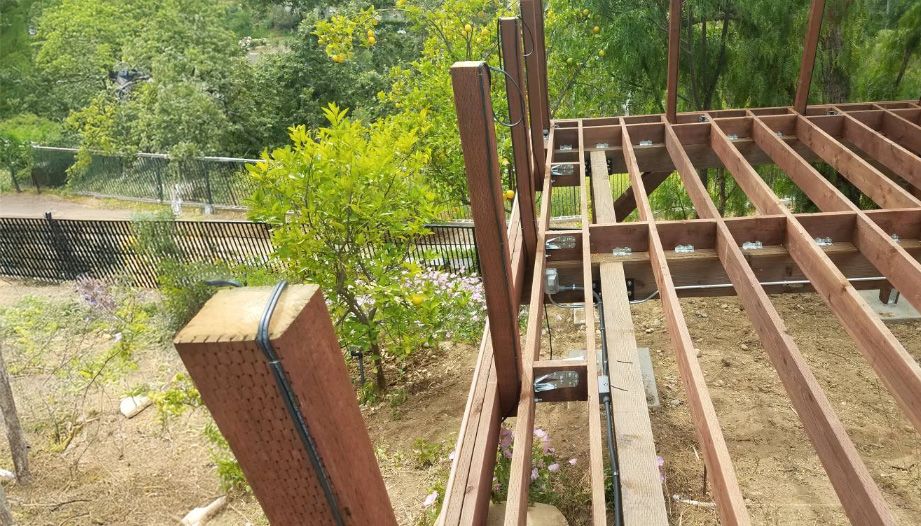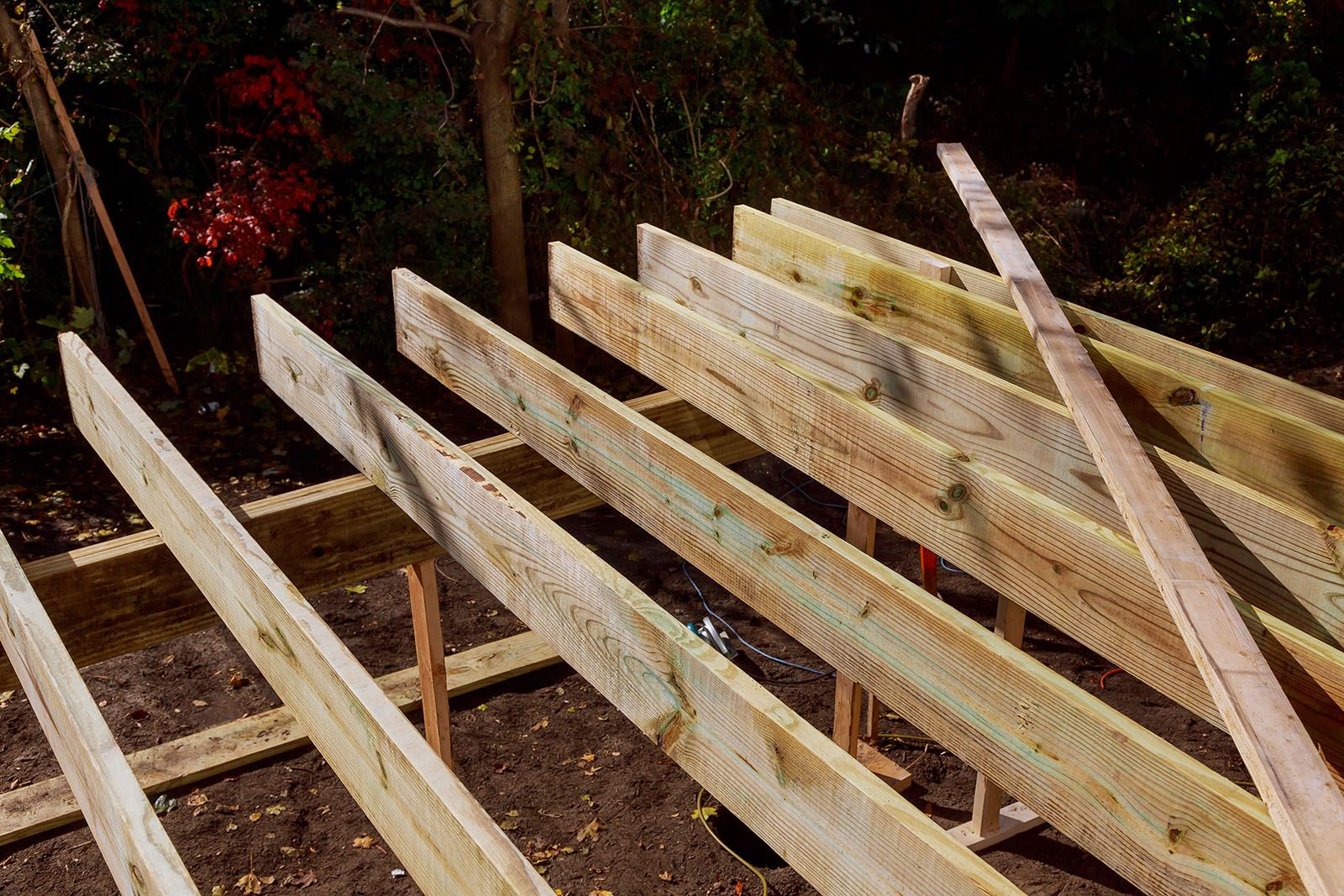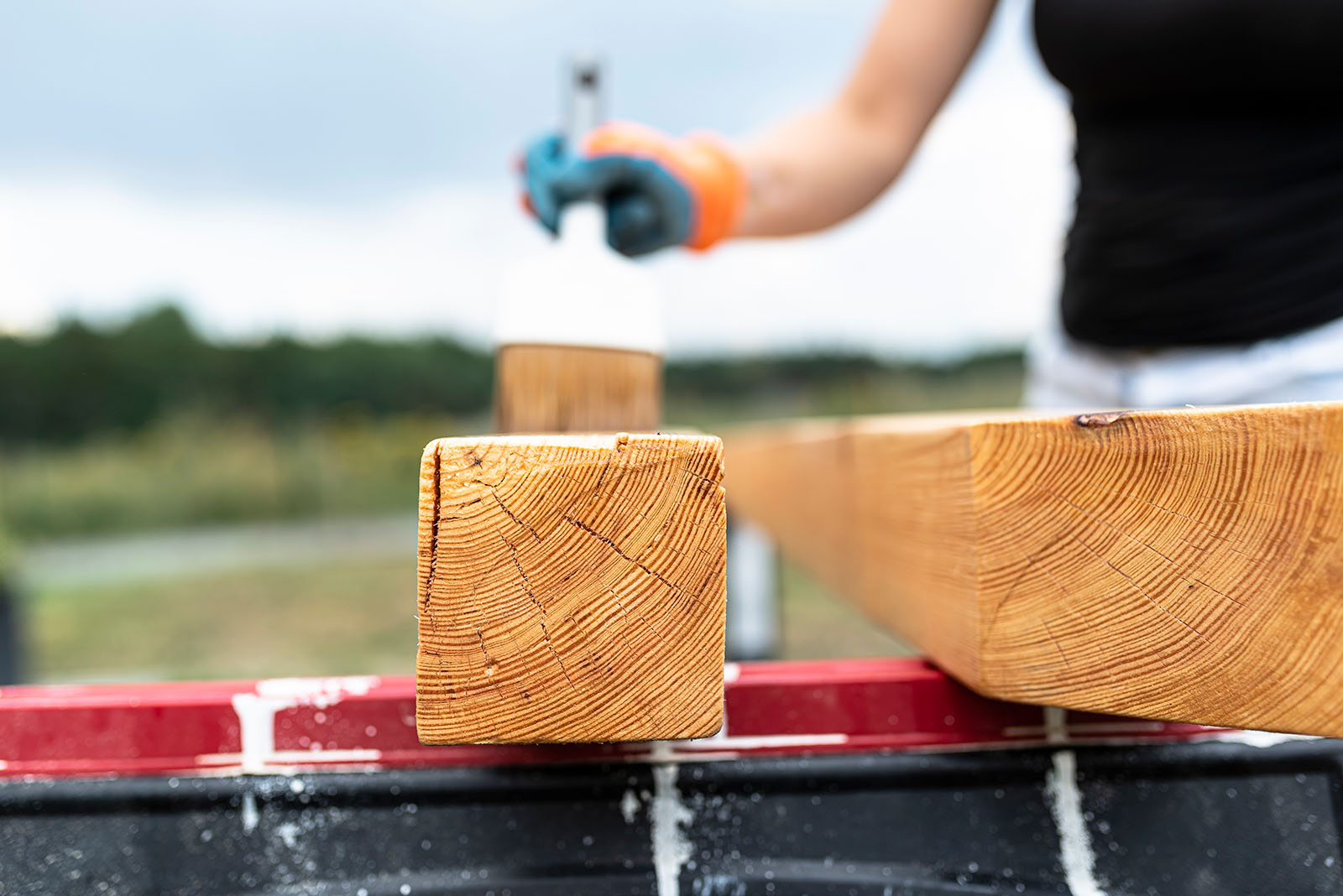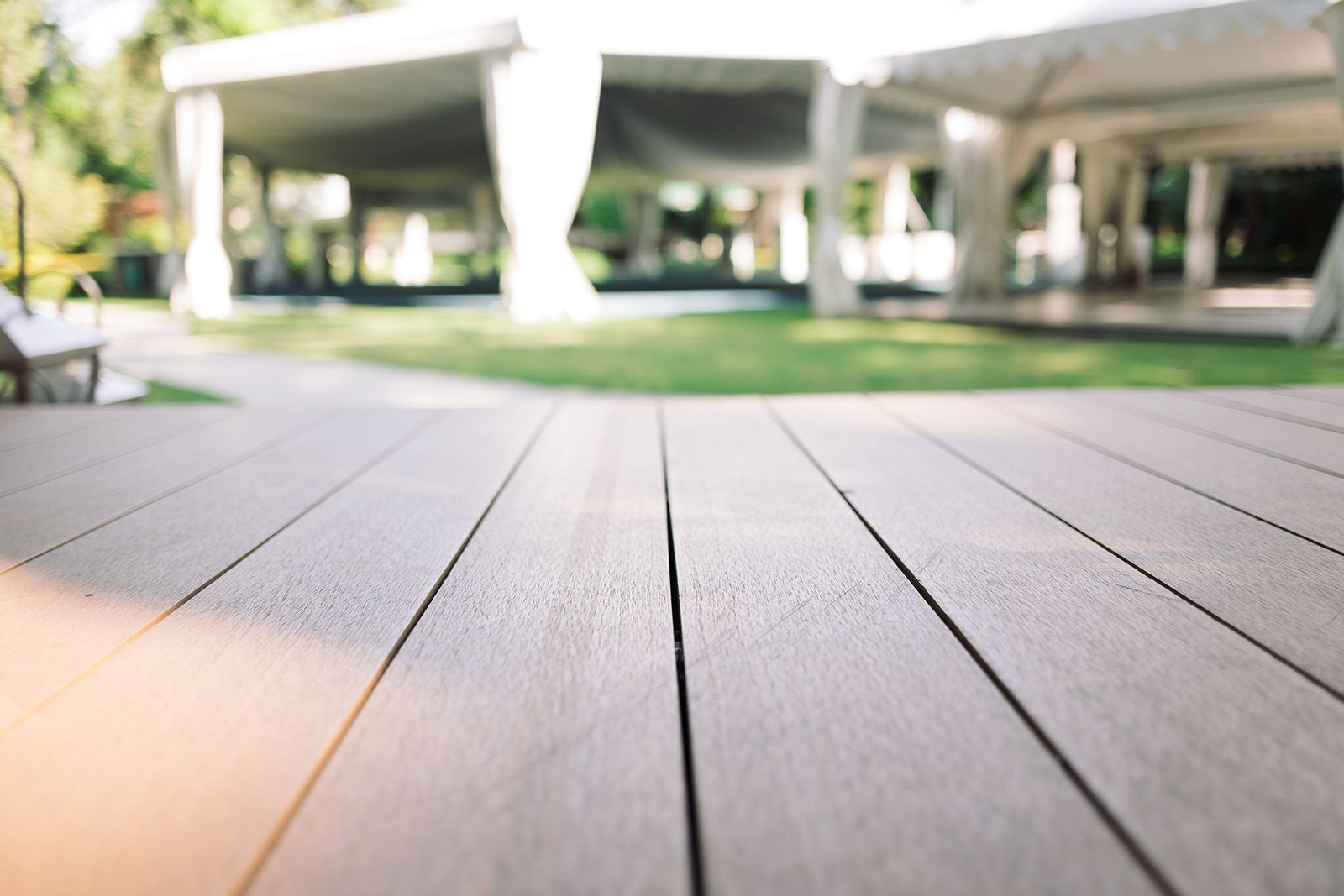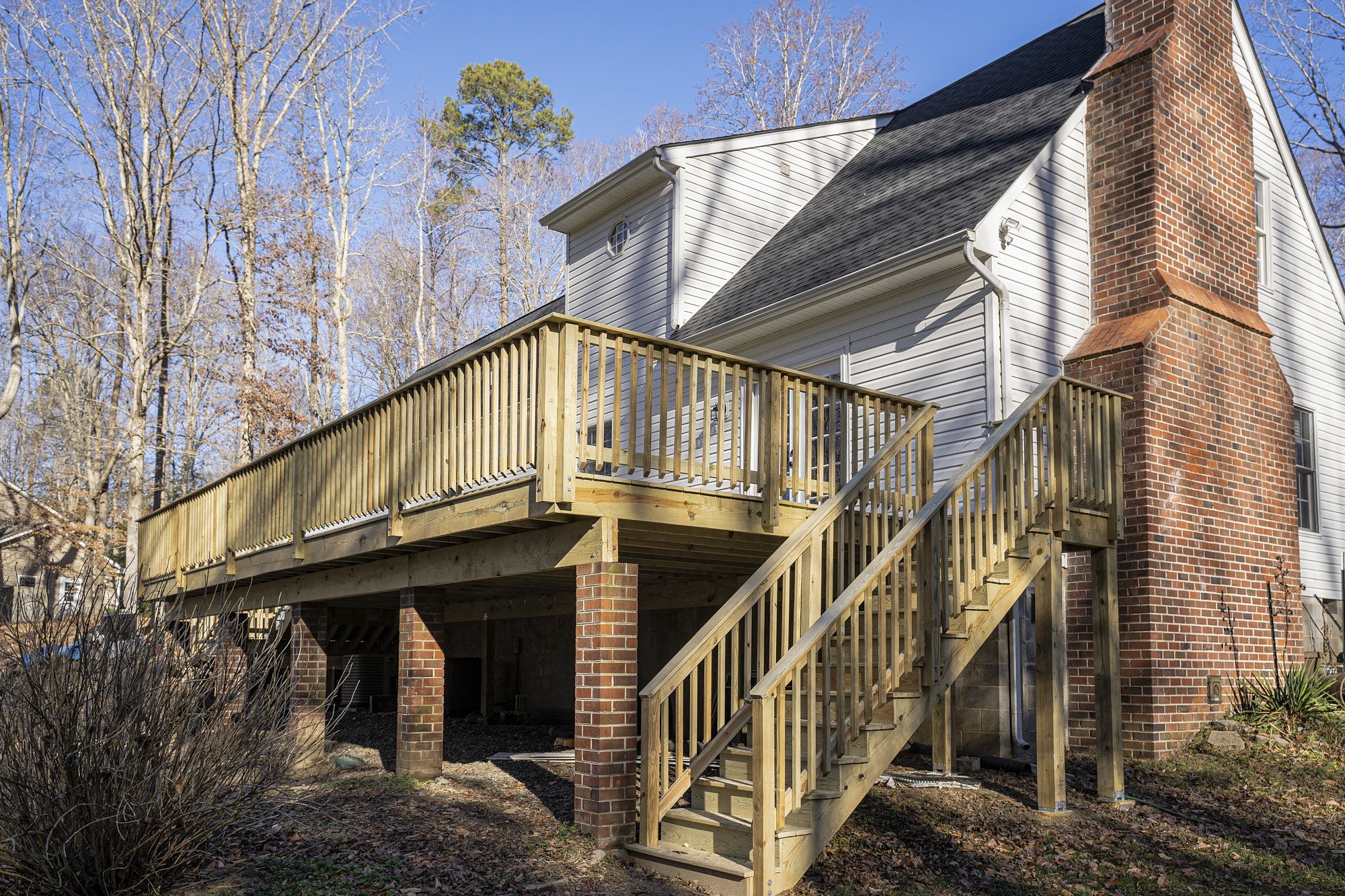Wondering if you should use a double rim joist for your deck?
It’s a decision that can have a big impact on your deck’s strength, look, and longevity. But like many choices in construction, it’s not always a clear-cut yes or no.
In this post, we’ll explore the ins and outs of double rim joists for decks and help you decide if they’re the right choice for your project.
We’ll cover when they’re most useful, their benefits, and some potential drawbacks to consider.
When To Use Double Rim Joist On Deck
There are several situations where double rim joists on decks can make a big difference in your deck’s performance and longevity. Let me explain:
#1 Support Large Or Overhanging Deck
Got a big deck or one that sticks out past the main supports (cantilevered)?
A double rim joist might be just what you need. The extra thickness helps spread the weight around better, so you don’t have to worry about your deck sagging or feeling wobbly.
Also Read: Composite vs. Wood decks
It’s especially great for those parts of the deck that hang out over the edge.
Plus, it makes the whole thing feel more solid when you’re walking on it.
#2 Handle Heavy Loads
Thinking about putting something really heavy on your deck? Maybe a hot tub, large planters or an outdoor kitchen? That’s where double rim joists really shine.
They’re tough enough to handle all that extra weight without breaking a sweat.
The two layers of wood work together to deal with the pressure and twisting forces that come with big, heavy stuff.
#3 Make Railings More Stable
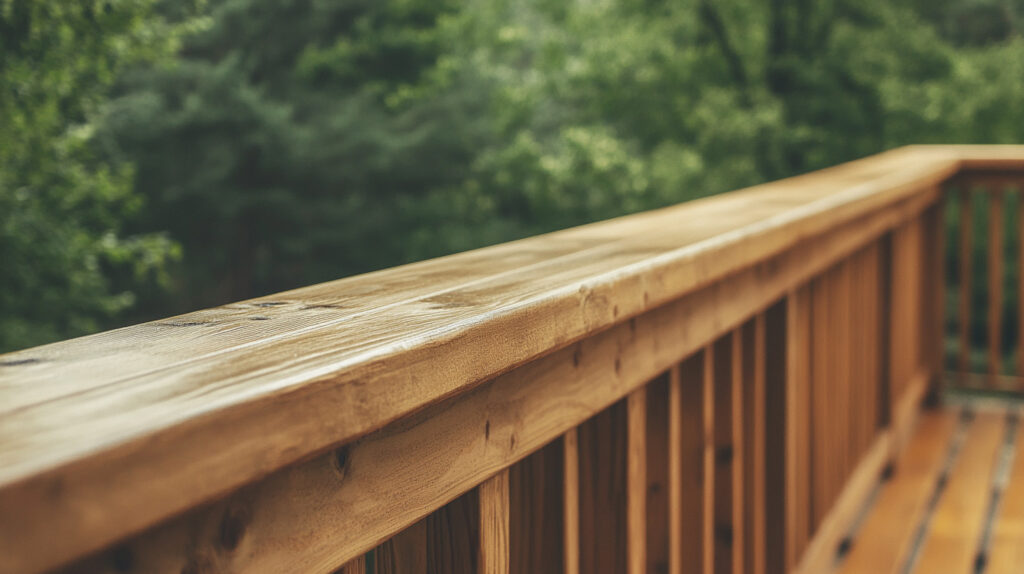
Double rim joists are great for making sure your railings are super secure.
They give you more wood to attach those railing posts to, which is really important around the edges where people might lean.
The extra thickness means you can use longer screws or bolts, making everything more stable.
#4 Add Support For Long Spaces Between Posts
Want to have fewer posts under your deck? Double rim joists can help with that. They’re strong enough to act like a beam, supporting longer distances between posts.
Also Read: Does a deck need beams?
This is great if you want more open space under your deck or just like the look of fewer posts.
Plus, it helps keep your deck from sagging or warping over time, even with those longer spans.
#5 Improve The Look Of Your Deck
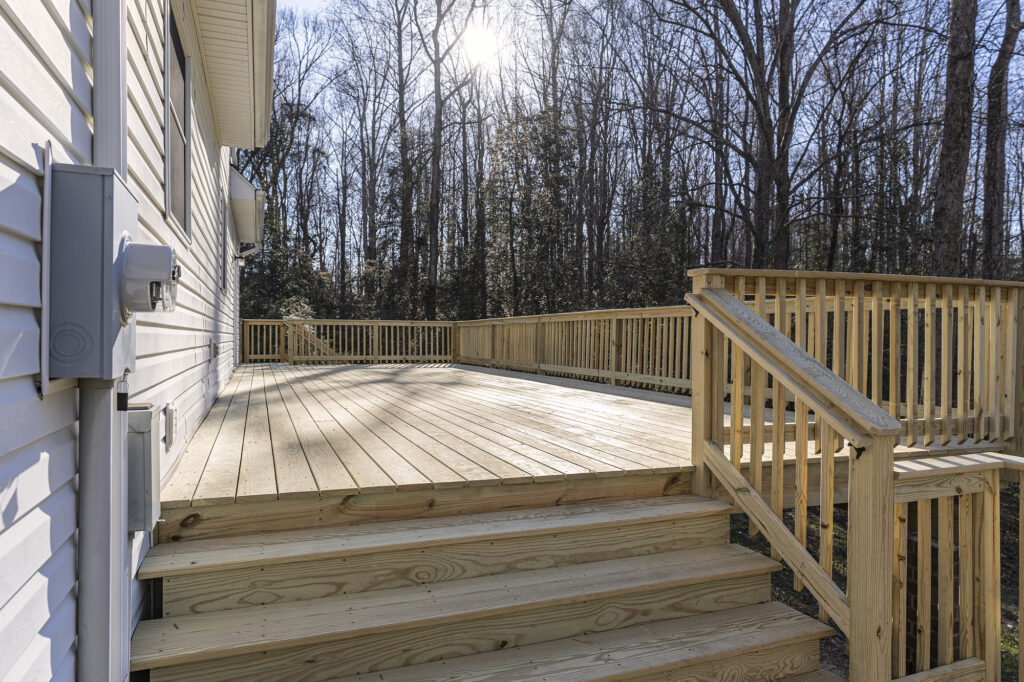
Double rim joists aren’t just about strength – they can make your deck look better too.
They let you line up the top edge with your decking boards, hiding any cut ends and giving everything a neat, finished look. If your deck is a big part of your outdoor space, this can really make it look more polished and professional.
It’s like giving your deck a well-tailored suit!
#6 Prevent Moisture And Rot
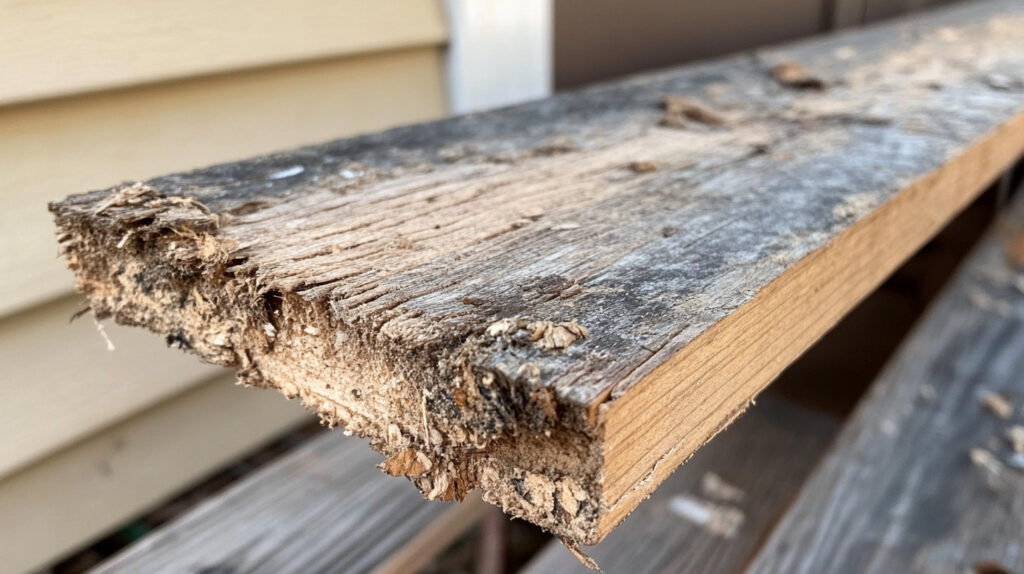
Using two pieces of wood for your rim joist can actually help keep moisture problems at bay.
This is especially good if you live somewhere that gets a lot of rain or humidity.
The extra layer of wood acts like a shield against moisture, potentially keeping your deck’s important parts in good shape for longer.
Cons Of Using Double Rim Joist On Decks
While double rim joists have their advantages, they’re not without their drawbacks.
Let’s take a look at some reasons why you might think twice before using them.
Might Trap Water
Double rim joists can sometimes trap water between the two boards.
If that water can’t get out, it can lead to rot and damage over time. It’s like creating a little home for fungi and decay right in your deck structure.
To avoid this, you need to be really careful when you’re installing them. Make sure there are small gaps for water to escape and use materials that can stand up to moisture.
Also, keep an eye on things and check your deck regularly to catch any problems early.
Raise Material Costs
Using a double rim joist means you need more wood, and more wood means higher costs.
It’s not just the extra board you have to think about – you’ll need more screws and nails too, and it might take longer to build.
For smaller decks or ones that don’t need to be super strong, this extra cost might not be worth it.
Make Installation More Complex
Building with double rim joists is a bit trickier than using a single board. You have to be really careful to line everything up right and attach it all properly.
This might mean it takes longer to build your deck and could cost more in labor.
You’re dealing with two boards instead of one, so everything has to be cut and fitted just right.
If you’re thinking of building the deck yourself, this added complexity might make things more challenging.
Limited Use In Some Designs
Not every deck needs a double rim joist. If your deck is well-supported by beams underneath, a single rim joist might be just fine.
Using a double rim joist in these cases might be overkill.
For smaller decks or ones with good support, the extra weight of a double rim joist might not help much and could even put unnecessary stress on other parts of the deck.
Also Read: Benefits of Composite Decking
Bottom Line
So, should you use a double rim joist on your deck?
Well, it really depends on what you’re building. If you’ve got a big deck, are planning to put heavy stuff on it, or need extra support, double rim joists can be a great choice.
They can make your deck stronger, more stable, and even look better.
But they do come with some challenges. For smaller or simpler decks, you might be just fine with a single rim joist.
The best thing to do is talk to a professional builder or engineer. That way, you can be sure your deck is safe and built right, no matter what type of rim joist you choose.


